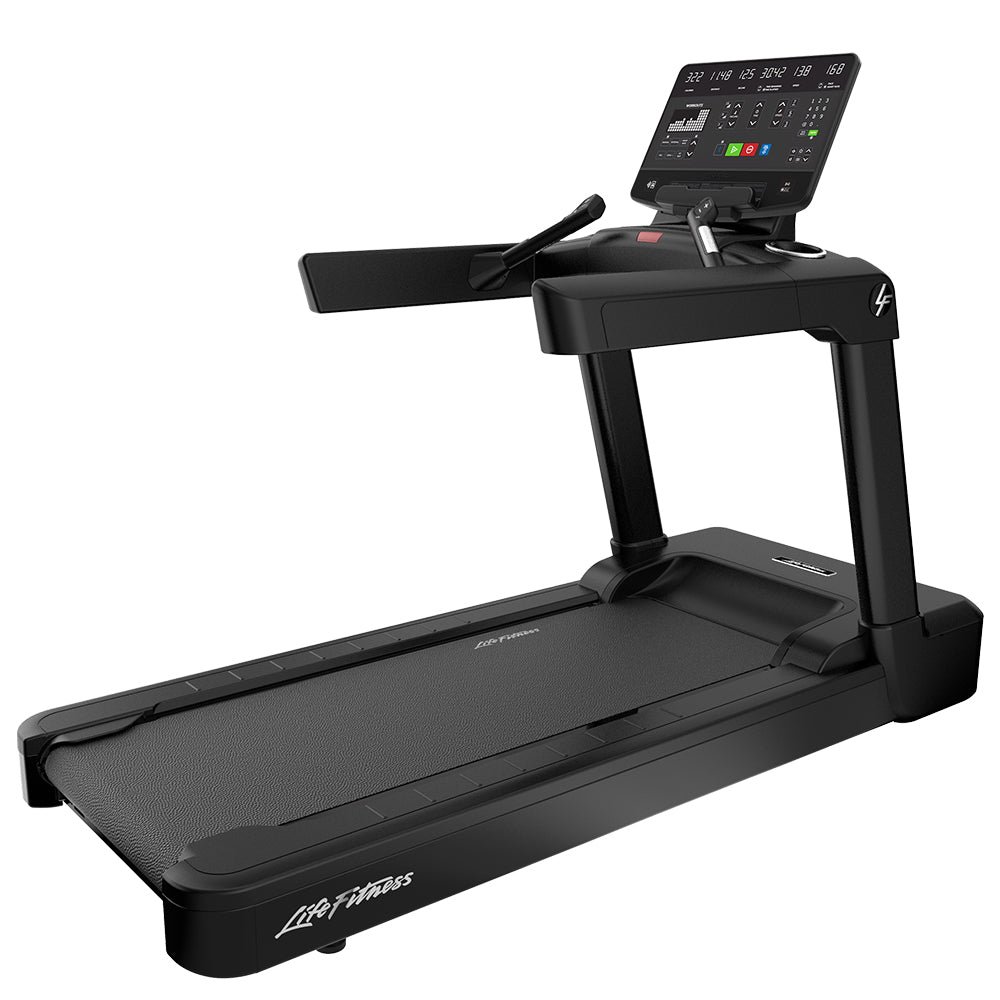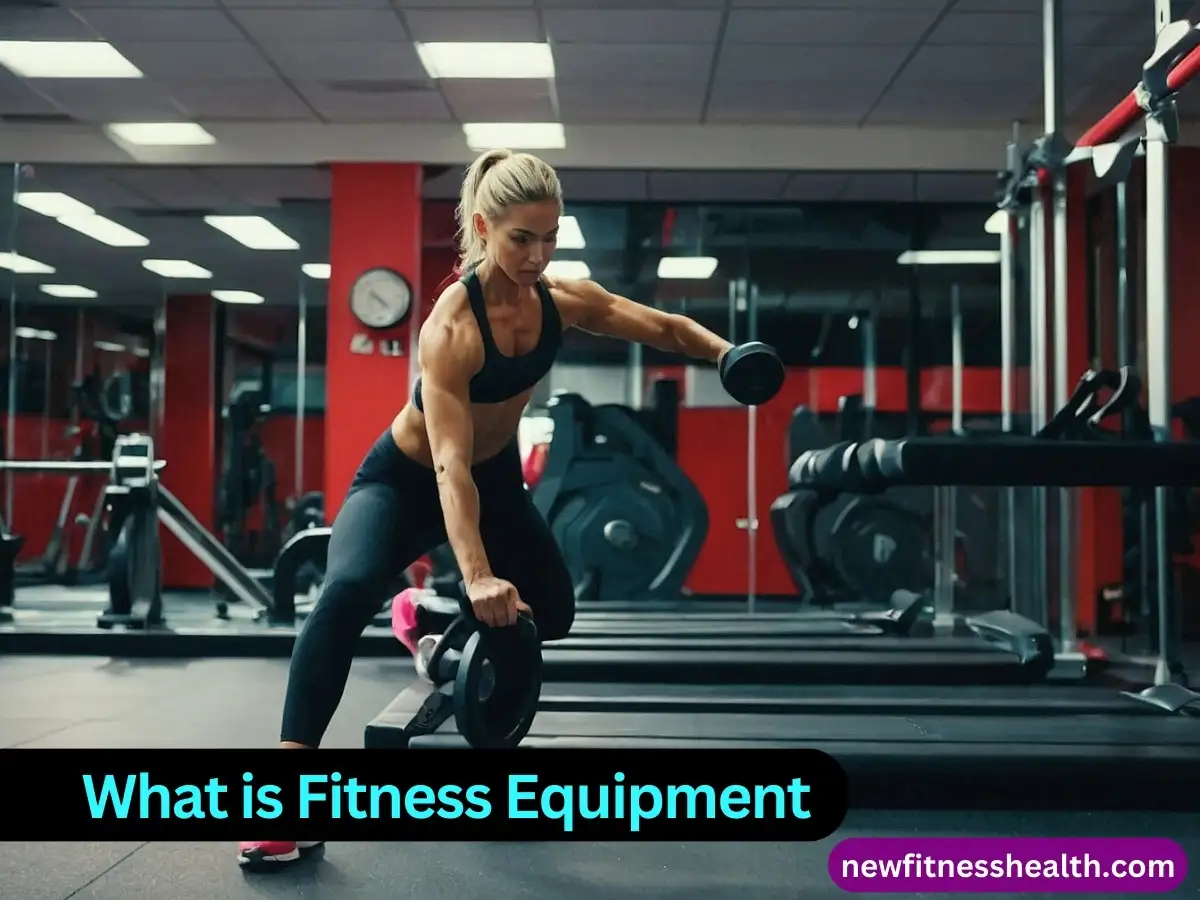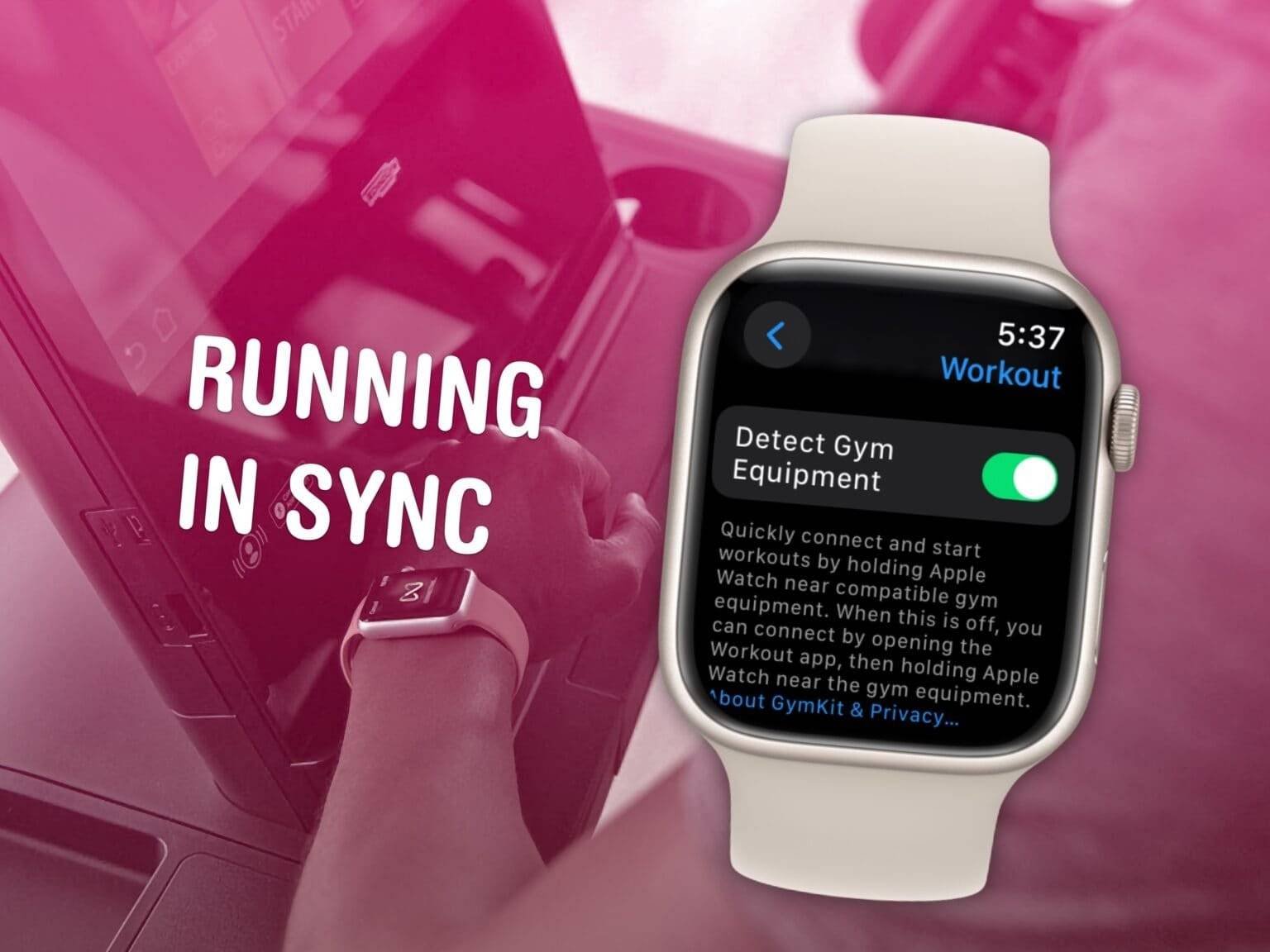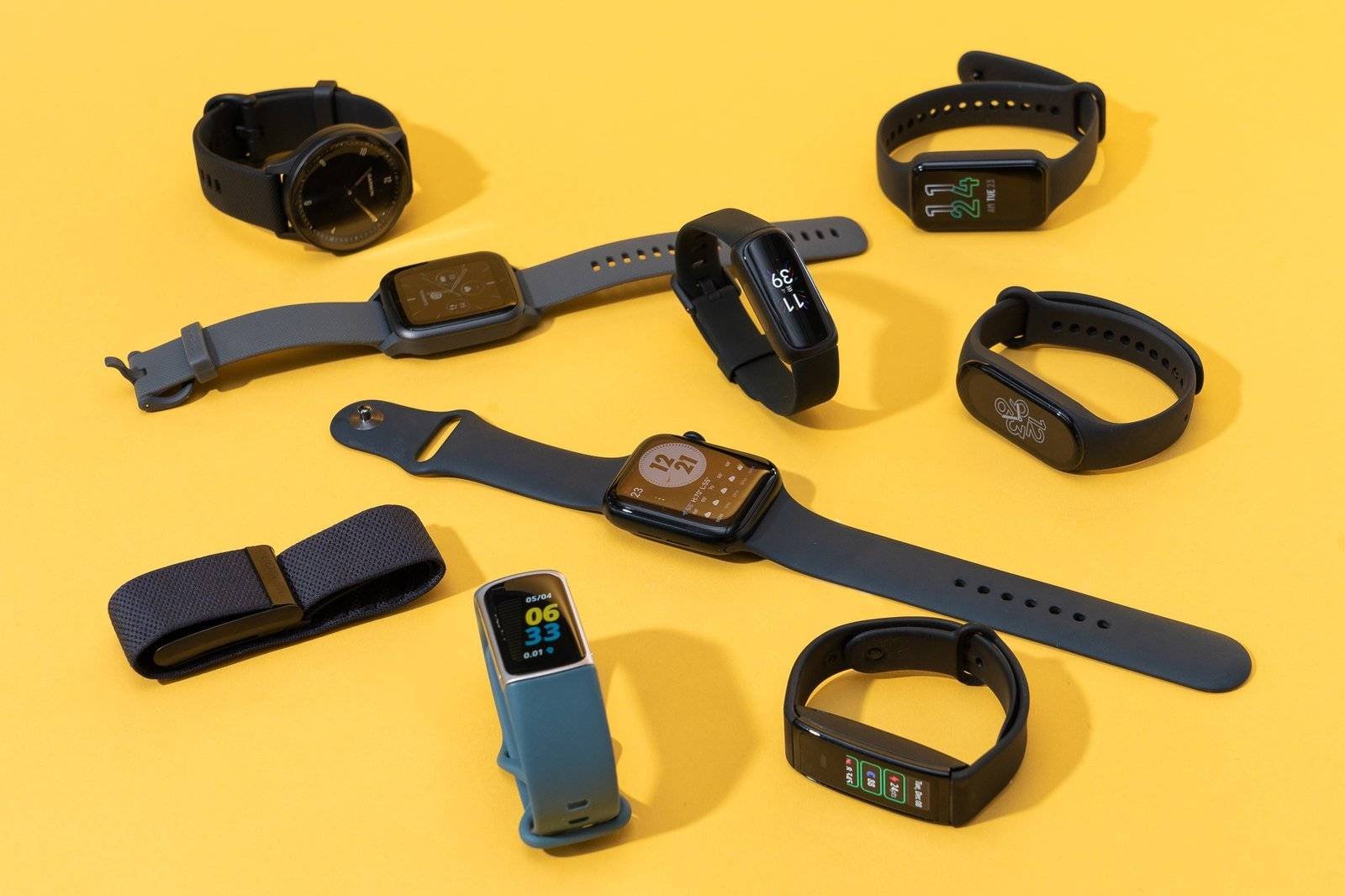To design a workout plan using Life Fitness equipment, identify your fitness goals and select appropriate machines. Then, create a balanced routine targeting all muscle groups.
Creating an effective workout plan with Life Fitness equipment ensures a well-rounded fitness regimen. Life Fitness offers a wide variety of machines catering to different exercise needs. Start by defining your fitness goals, whether it’s weight loss, muscle gain, or overall health improvement.
Select equipment that aligns with these goals, such as treadmills for cardio or weight machines for strength training. Balance your routine by including exercises for all major muscle groups. Consistency and progression are key, so gradually increase intensity and duration. This approach helps in achieving optimal results while minimizing the risk of injury.
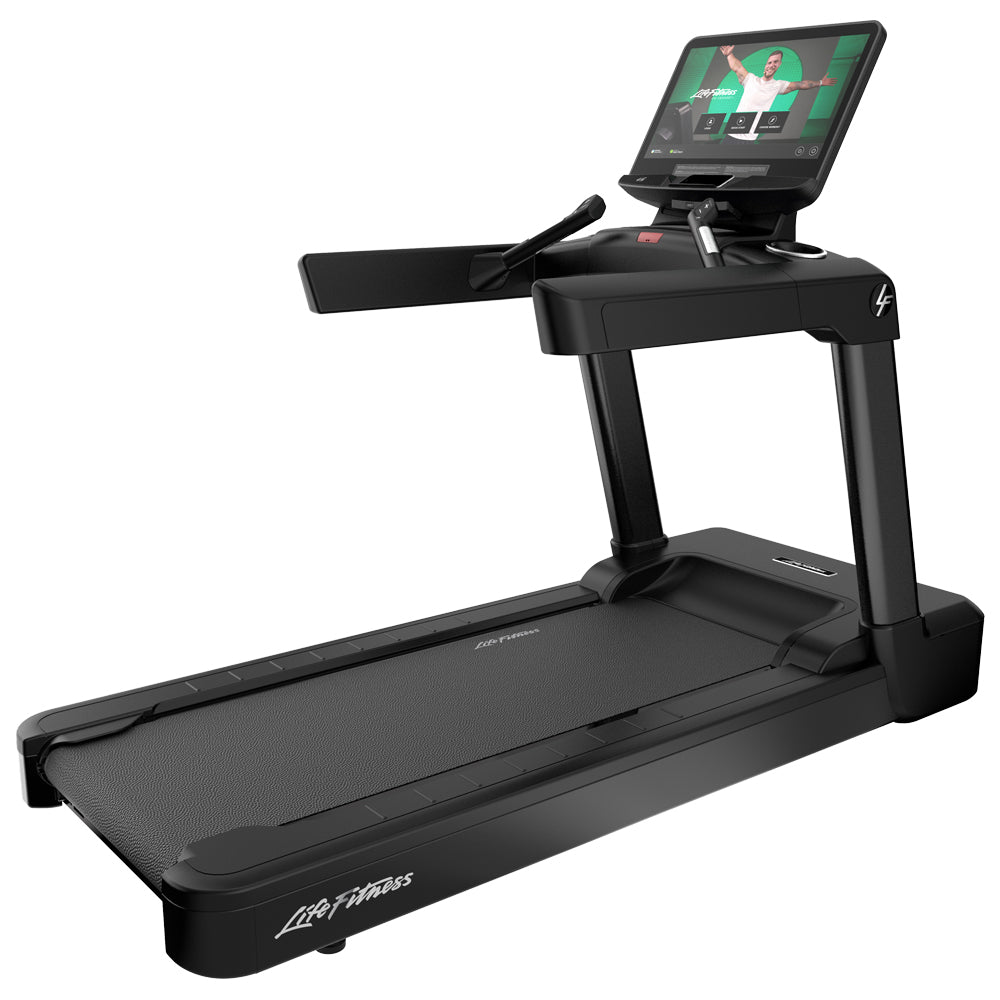
Credit: shop.lifefitness.com
Introduction To Life Fitness Equipment
Life Fitness equipment helps you achieve your fitness goals. It offers various machines for all fitness levels. This equipment is durable and easy to use. You can create a great workout plan with it.
The Benefits Of Using Life Fitness Machines
Life Fitness machines provide many benefits. They improve strength and endurance. These machines are safe and reduce the risk of injury.
Using these machines can help you stay motivated. They offer a variety of workouts to keep you engaged. Many Life Fitness machines have digital displays. These displays track your progress and help you stay on target.
Types Of Equipment Available
Life Fitness offers different types of equipment. Here are some popular options:
- Treadmills: Great for cardio and burning calories.
- Ellipticals: Low-impact machines that work your entire body.
- Stationary Bikes: Perfect for a low-impact, high-intensity workout.
- Strength Machines: Ideal for building muscle and increasing strength.
- Rowing Machines: Excellent for a full-body workout.
| Equipment Type | Primary Benefit |
|---|---|
| Treadmills | Cardio and calorie burning |
| Ellipticals | Full-body workout |
| Stationary Bikes | Low-impact, high-intensity |
| Strength Machines | Muscle building |
| Rowing Machines | Full-body workout |
With so many options, you can find the right machine for your fitness goals. Life Fitness equipment makes it easy to stay fit and healthy.
Setting Your Fitness Goals
Creating a workout plan with Life Fitness Equipment starts with setting clear fitness goals. Knowing your goals helps you stay focused and motivated.
Identifying Your Objectives
First, identify what you want to achieve. Do you want to lose weight, build muscle, or improve endurance? Write down your objectives.
- Weight Loss: Aim to burn more calories than you consume.
- Muscle Building: Focus on strength training exercises.
- Endurance Improvement: Incorporate cardiovascular workouts.
Clear objectives make it easier to design your workout plan.
Realistic Goal Setting
Set goals that you can achieve. Unrealistic goals can lead to frustration. Start with small, manageable targets.
| Goal | Time Frame |
|---|---|
| Lose 5 pounds | 1 month |
| Run 5 miles | 2 months |
| Lift 20 pounds more | 3 months |
Track your progress regularly. Adjust your plan if needed.
Use a mix of Life Fitness Equipment to keep your workouts interesting and effective.
Assessing Your Fitness Level
Before starting a new workout plan, it’s crucial to assess your fitness level. This helps tailor your routine to your needs. Using Life Fitness equipment effectively starts with understanding your current physical abilities.
Pre-workout Health Screening
A pre-workout health screening is essential. It helps identify any potential health risks. This step ensures your workout plan is safe and effective.
You can perform this screening through a self-assessment or by consulting a healthcare professional. Look for signs of high blood pressure, heart conditions, or any other medical issues.
| Health Check | Description |
|---|---|
| Blood Pressure | Check if it’s in a normal range. |
| Heart Rate | Measure your resting heart rate. |
| Medical History | Review any past injuries or conditions. |
Establishing A Baseline
Establishing a baseline helps you track progress. You should know where you are starting. This includes your endurance, strength, flexibility, and body composition.
Here are some simple steps to establish a baseline:
- Endurance: Measure how long you can walk or run without stopping.
- Strength: Count how many push-ups or sit-ups you can do.
- Flexibility: Test how far you can reach while sitting.
- Body Composition: Note your weight, BMI, and waist circumference.
Recording these measurements helps in setting realistic goals. Use Life Fitness equipment to test and improve these areas.
With a clear understanding of your fitness level, you can design a workout plan that suits your needs. This ensures better results and reduces the risk of injury.

Credit: backlinko.com
Customizing Your Workout Plan
Creating a personalized workout plan with Life Fitness Equipment can be fun. It helps you achieve your fitness goals effectively. A tailored plan ensures you balance different aspects of fitness. Here’s how you can customize your workout plan to fit your needs.
Balancing Cardio And Strength Training
Balancing cardio and strength training is essential for overall fitness. Cardio exercises improve heart health and burn calories. Strength training builds muscle and increases metabolism. Use Life Fitness treadmills, bikes, and ellipticals for cardio sessions.
- Run on the treadmill for 20 minutes.
- Cycle on the stationary bike for 15 minutes.
- Use the elliptical for a 30-minute session.
For strength training, use Life Fitness weight machines and free weights. Focus on different muscle groups each day. Here’s a simple strength training schedule:
| Day | Muscle Group | Equipment |
|---|---|---|
| Monday | Chest and Triceps | Chest Press, Tricep Extension |
| Wednesday | Back and Biceps | Lat Pulldown, Bicep Curl |
| Friday | Legs and Shoulders | Leg Press, Shoulder Press |
Incorporating Flexibility And Balance Exercises
Incorporating flexibility and balance exercises into your workout is crucial. It improves overall movement and prevents injuries. Use Life Fitness mats and accessories for these exercises. Stretching is a great way to enhance flexibility.
- Do a 10-minute full-body stretch.
- Use a foam roller for muscle relaxation.
- Practice yoga poses to enhance flexibility.
Balance exercises help in stabilizing muscles. Here are some simple balance exercises:
- Stand on one leg for 30 seconds.
- Use a balance board for core stability.
- Perform single-leg squats.
By incorporating these elements, you can create a well-rounded workout plan. It helps in achieving a balanced and healthy body. Always listen to your body and adjust your plan as needed.
Creating A Weekly Exercise Schedule
Designing a workout plan using Life Fitness equipment can be exciting. With the right approach, you can achieve your fitness goals. A well-structured weekly exercise schedule is crucial. It ensures you stay consistent and focused.
Frequency Of Workouts
How often should you exercise each week? Experts suggest working out at least three times a week. For beginners, 3-4 days is ideal. Intermediate and advanced users can aim for 5-6 days. Rest days are vital to recovery.
- Beginner: 3-4 days per week
- Intermediate: 4-5 days per week
- Advanced: 5-6 days per week
Duration And Intensity Considerations
The duration of each workout session varies. For beginners, 30-45 minutes per session is enough. Intermediate and advanced users can extend to 60 minutes or more. Intensity should match your fitness level.
| Experience Level | Duration | Intensity |
|---|---|---|
| Beginner | 30-45 minutes | Low to Moderate |
| Intermediate | 45-60 minutes | Moderate |
| Advanced | 60+ minutes | High |
Listen to your body. If you feel tired, reduce intensity. Avoid overtraining by scheduling rest days. Rest days help your muscles recover and grow.
Exercise Selection And Equipment Use
Designing a workout plan with Life Fitness equipment can be fun and effective. Choosing the right exercises is crucial. It ensures that you target all muscle groups and avoid injuries. Below, we dive into exercise selection and how to use the equipment.
Machine-specific Workouts
Life Fitness machines are designed to target specific muscles. Treadmills are great for cardio and leg muscles. Ellipticals provide low-impact cardio, working both upper and lower body.
For strength training, Smith machines offer guided weightlifting. They help you perform squats, bench presses, and shoulder presses safely. Leg presses focus on your thighs and calves. Lat pulldown machines are excellent for back and shoulder muscles.
Using these machines correctly is key. Start with a warm-up on a treadmill or elliptical. This prepares your body for more intense exercises.
Combining Equipment For Full-body Routines
A full-body routine engages all muscle groups. Combine cardio and strength equipment for the best results. Here is a sample routine:
| Exercise | Equipment | Sets | Reps |
|---|---|---|---|
| Warm-Up | Treadmill | 1 | 10 mins |
| Leg Press | Leg Press Machine | 3 | 12 |
| Chest Press | Smith Machine | 3 | 12 |
| Lat Pulldown | Lat Pulldown Machine | 3 | 12 |
| Cardio | Elliptical | 1 | 15 mins |
Remember to rest for 1-2 minutes between sets. This allows your muscles to recover. Adjust the weight based on your fitness level. Aim to challenge yourself, but avoid overexertion.
By combining different Life Fitness equipment, you can create balanced and effective workouts. This approach ensures you engage all muscle groups and improve overall fitness.
Tracking Your Progress
Tracking your progress is crucial to achieving your fitness goals. Using Life Fitness equipment, you can monitor your performance and adjust your workout plan based on results. This helps you stay motivated and see tangible improvements.
Monitoring Your Performance
Regularly monitoring your performance helps you understand your strengths and weaknesses. Life Fitness equipment comes with built-in trackers to measure various metrics. Use these features to keep track of:
- Heart Rate
- Calories Burned
- Distance Covered
- Time Spent
Make sure to log these details after each workout. This will help you see trends and identify areas needing improvement.
Adjusting Your Plan Based On Results
After monitoring your performance, the next step is to adjust your plan based on the results. Here’s how you can do it:
- Analyze Data: Look at your performance metrics. Identify any patterns or areas where you are not improving.
- Set New Goals: Based on your analysis, set new, achievable goals. For example, increase the distance you run or the weight you lift.
- Modify Exercises: Add or change exercises to target weak areas. For instance, if your endurance is low, include more cardio workouts.
Updating your workout plan keeps it effective and challenging. This ensures continuous progress and better results.

Credit: arcsdsu.wordpress.com
Safety And Maintenance Tips
Designing a workout plan with Life Fitness equipment is exciting. But ensuring safety and regular maintenance is crucial. Here are some key tips for safe and effective use of your equipment.
Proper Use Of Life Fitness Equipment
Using Life Fitness equipment properly prevents injuries. Start with reading the user manual. Follow all instructions given. Always warm up before using the equipment. This helps to prepare your muscles.
Set the equipment to your fitness level. Do not push beyond your limits. Use correct posture to avoid strain. Keep your movements controlled and steady. Improper use can lead to accidents.
Wear appropriate workout clothing. Avoid loose items that can get caught. Ensure your shoes have good grip. This provides stability and reduces slipping.
Regular Maintenance Checks
Regular maintenance of Life Fitness equipment ensures longevity. Inspect all parts frequently. Look for signs of wear and tear. Replace damaged parts immediately to avoid accidents.
Keep the equipment clean. Wipe it down after each use. Sweat can cause corrosion. Use mild detergents to clean surfaces.
Check moving parts for proper lubrication. This prevents friction and extends the life of the equipment. Refer to the manual for lubrication instructions.
Ensure bolts and screws are tight. Loose parts can cause the equipment to malfunction. Tighten them regularly for safety.
Here’s a simple maintenance checklist:
| Task | Frequency |
|---|---|
| Inspect for wear and tear | Weekly |
| Clean equipment | After each use |
| Lubricate moving parts | Monthly |
| Tighten bolts and screws | Bi-weekly |
Following these tips ensures a safe and effective workout. Proper use and maintenance keep your Life Fitness equipment in top shape. Stay safe and enjoy your fitness journey!
Incorporating Nutrition And Recovery
Incorporating nutrition and recovery is vital when designing a workout plan using Life Fitness equipment. Proper diet and rest enhance workout results. They also ensure sustained energy and muscle repair.
Dietary Guidelines For Optimal Performance
A balanced diet fuels your workouts. It helps in muscle recovery and growth. Here are some dietary guidelines to follow:
- Protein: Essential for muscle repair. Include lean meats, eggs, and legumes.
- Carbohydrates: Provide energy. Opt for whole grains, fruits, and vegetables.
- Fats: Necessary for hormone production. Choose healthy fats like avocados and nuts.
Stay hydrated. Drink plenty of water before, during, and after your workouts.
Importance Of Rest And Recovery Days
Rest days are as important as workout days. They help muscles recover and grow. Overworking can lead to injuries and fatigue. Here are some tips for effective recovery:
- Sleep: Aim for 7-9 hours of sleep each night.
- Stretching: Helps in muscle relaxation. Do light stretching on rest days.
- Massage: Promotes blood flow. Consider foam rolling or professional massages.
Listen to your body. If you feel overly fatigued, take an extra rest day.
| Nutrition Component | Recommended Sources | Benefits |
|---|---|---|
| Protein | Lean meats, eggs, legumes | Muscle repair and growth |
| Carbohydrates | Whole grains, fruits, vegetables | Energy supply |
| Fats | Avocados, nuts, seeds | Hormone production |
Staying Motivated And Consistent
Staying motivated and consistent can be challenging. Using Life Fitness equipment makes it easier. This section covers tips to keep you on track. Stay motivated with these simple strategies.
Setting Short-term Milestones
Short-term milestones are small goals. They help you see progress. Use Life Fitness equipment to set these goals. For example, aim to run 1 mile on the treadmill. Next week, increase to 2 miles. Small steps lead to big results.
Write down your milestones. Track them in a journal or app. Celebrate each achievement. This keeps you motivated. It shows how far you’ve come.
| Milestone | Goal |
|---|---|
| Week 1 | Run 1 mile |
| Week 2 | Run 2 miles |
| Week 3 | Run 3 miles |
Finding A Workout Buddy Or Community
A workout buddy makes exercising fun. They help you stay accountable. Use Life Fitness equipment together. Plan your workouts. Encourage each other.
You can also join a community. Look for local fitness groups. Join online fitness forums. Share your progress. Learn new tips from others.
- Find a friend with similar fitness goals.
- Schedule regular workout sessions.
- Share your achievements and challenges.
Being part of a community keeps you motivated. You feel supported. You are less likely to skip workouts.
Frequently Asked Questions
How Do I Create A Custom Workout Plan?
To create a custom workout plan, set clear goals, assess your fitness level, choose varied exercises, schedule workouts, and track progress.
What Are The 7 Steps To Creating A Workout Plan?
1. Set clear fitness goals. 2. Assess current fitness level. 3. Choose appropriate exercises. 4. Create a balanced routine. 5. Schedule workouts consistently. 6. Monitor progress regularly. 7. Adjust plan as needed.
How Do I Create A Fitness Program Plan?
To create a fitness program plan, set clear goals. Assess your fitness level. Choose a balanced mix of cardio, strength training, and flexibility exercises. Schedule workouts consistently. Track your progress and adjust as needed.
How Do You Layout A Workout Plan?
Start by setting clear fitness goals. Choose a mix of strength, cardio, and flexibility exercises. Schedule workouts consistently. Allow for rest days. Track progress regularly.
What Is The Best Life Fitness Equipment?
The best Life Fitness equipment depends on your fitness goals. Popular choices include treadmills, ellipticals, and strength machines.
Conclusion
Designing a workout plan using Life Fitness equipment ensures a tailored and effective fitness journey. Remember to set clear goals and stay consistent. Track your progress and make adjustments as needed. With dedication and the right equipment, achieving your fitness goals becomes attainable and enjoyable.
Start today and transform your health.

